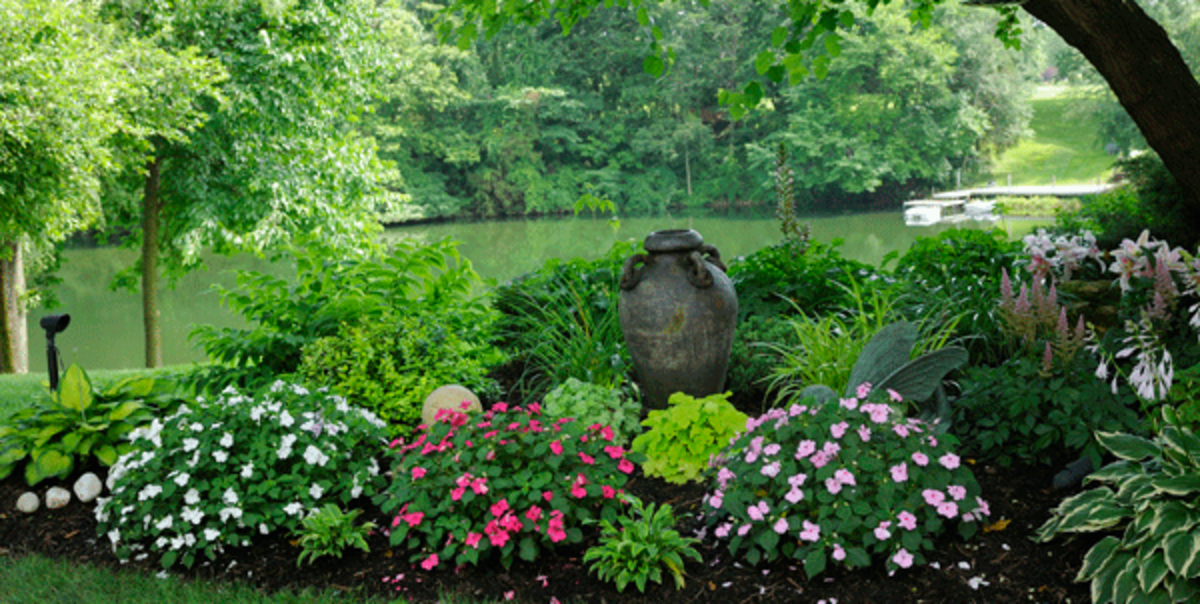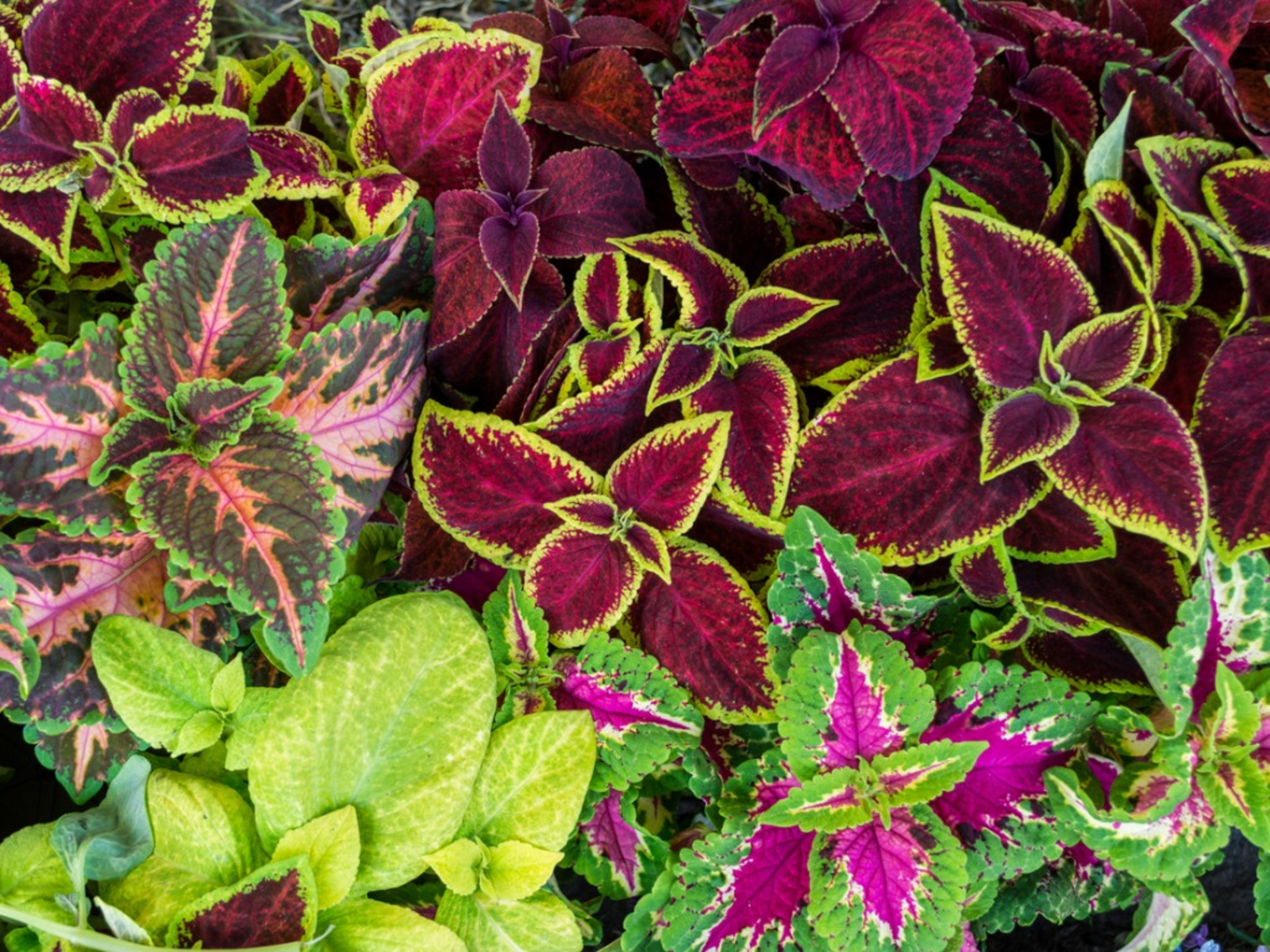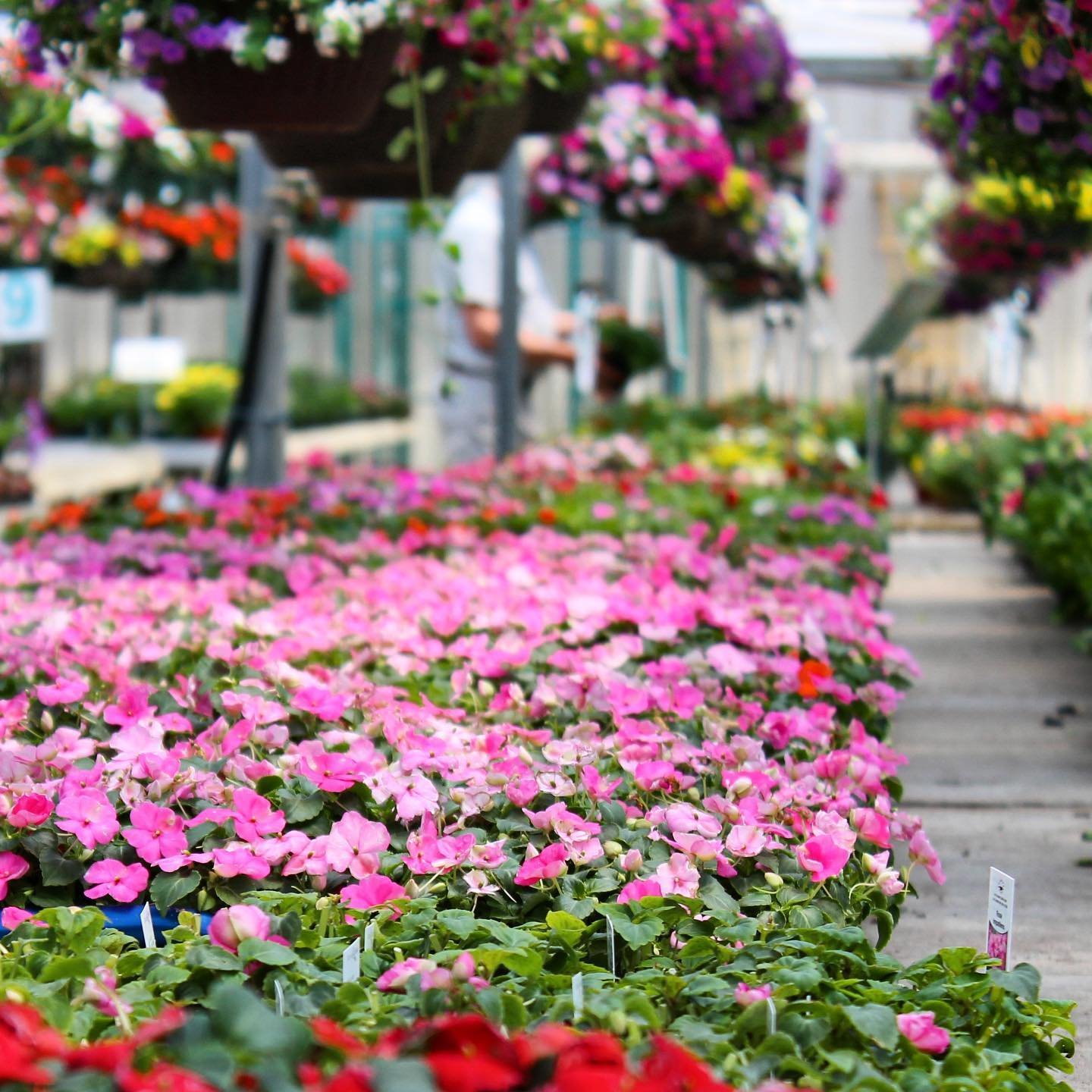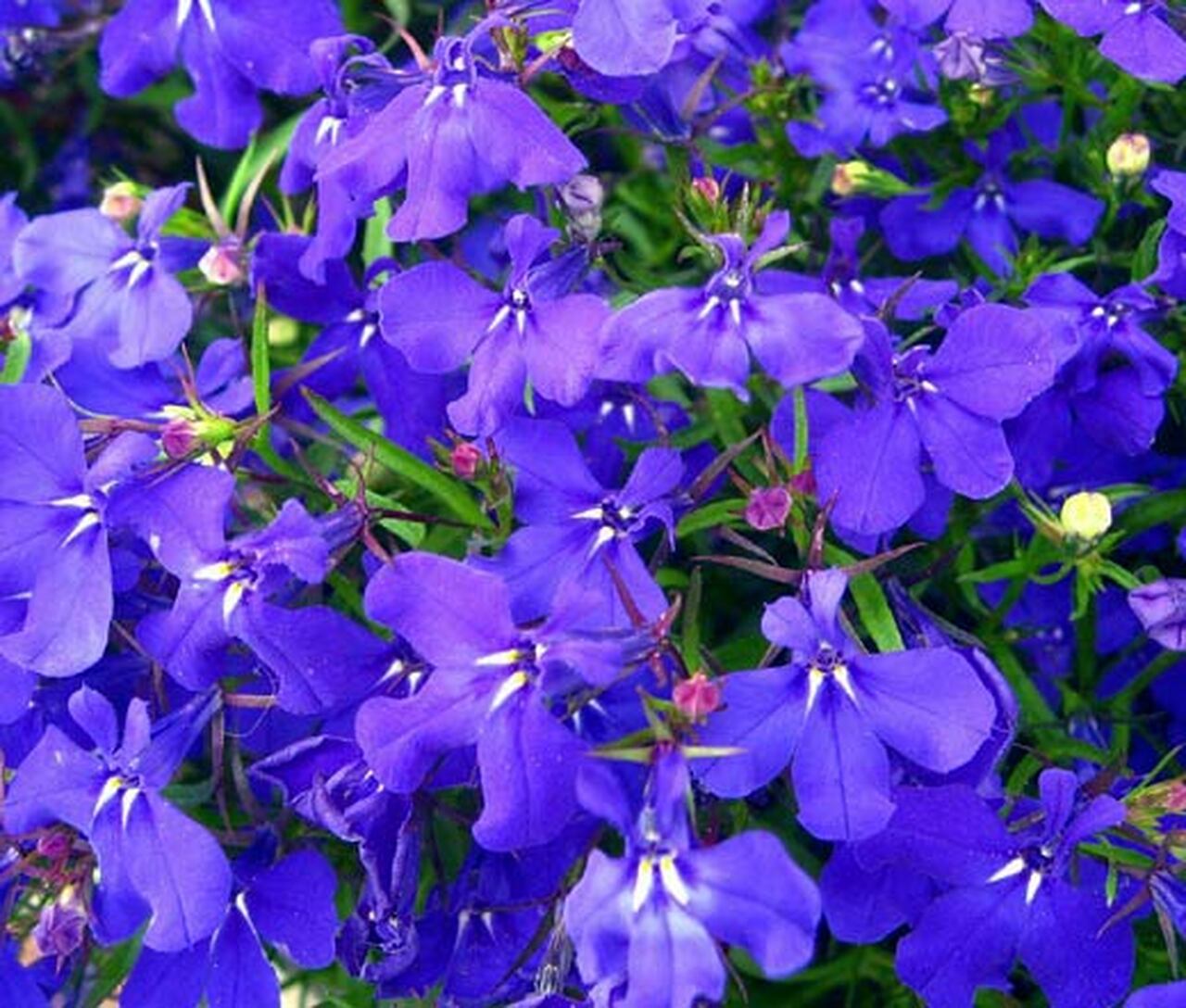Annuals for Shade

Unfortunately, it is difficult to know when an area is too shady so it may become necessary to try a few different annuals that normally require a fair amount of sunlight as they might be satisfactory. If this has been done with little success, then only those plants that do well under low light intensity should be planted.
There are many different groups of plants that could be considered for use in shady areas. There is great interest today in planting flowering plants in the landscape as they add so much to the overall landscape picture. Generally, if plants are to produce flowers, they require sunlight. It happens that some annual flowers require less light than others in order to grow and flower. Some annual flowers are selected on the basis of foliage color, rather than the flowers (coleus, for example).
One of the most common problems encountered when using annual flowers in slightly shady areas is that the soil stays wet which results in problems with the roots of the plants. Therefore, it is advisable to take even more care when preparing the soil for planting in these areas. Try to work into the soil some organic matter such as well rotted manure or coarse sphagnum peat moss. Add an inch or two of the mulch and spade it into the planting beds. If possible, add an inch or two of perlite and work it into the soil.
Since most of the plants growing in shade will not grow as rapidly and spread out as much, it may be necessary to plant them closer together in order to get a more attractive effect. The plants should be fertilized with a dry complete fertilizer with an analysis such as 4-16-16, 5-10-5, 5-10-10, 5-20-20 or 6-10-4 at the rate of 3-4 lbs. per 100 square feet of bed area. Liquid fertilizers are also quite satisfactory and can be used if applied at the rate given on the container package. Apply the fertilizer one week after planting and monthly thereafter through August. Always be sure to syringe off any fertilizer that gets on the foliage of the plant.
For shady areas some of the following plants are suggested:
• BEGONIAS (Begonia semperflorens-cultorum) are a waxy looking plant with red, white, or pink foliage. Leaves may be green or bronze.

• COLEUS (Coleus hybridus) is noted for its striking foliage. Colors include both warm and cool colors in many variegations. Height also varies considerably.

• IMPATIENS (Impatiens, sultana) is a top seller. With its wide variety of colors (whites, pinks, purples, deep reds, and even oranges), it can work well into many color schemes. * New Guinea impatiens (Impatiens hawkeri)

• NEW GUINEA IMPATIENS (Impatiens Hawkeri) can tolerate morning sun, but does better in afternoon shade.

These lesser known shade annuals are also worth a try:
• Lobelia (Lobelia erinus) is a low-growing edging plant found in shades of blue, white, and purple. It has a small, delicate bloom.

• Torenia or wishbone flower (Torenia fournieri) is another annual that does well in semi-shade and moist soil. It makes an excellent ground-cover plant. Flowers come in many different colors.

